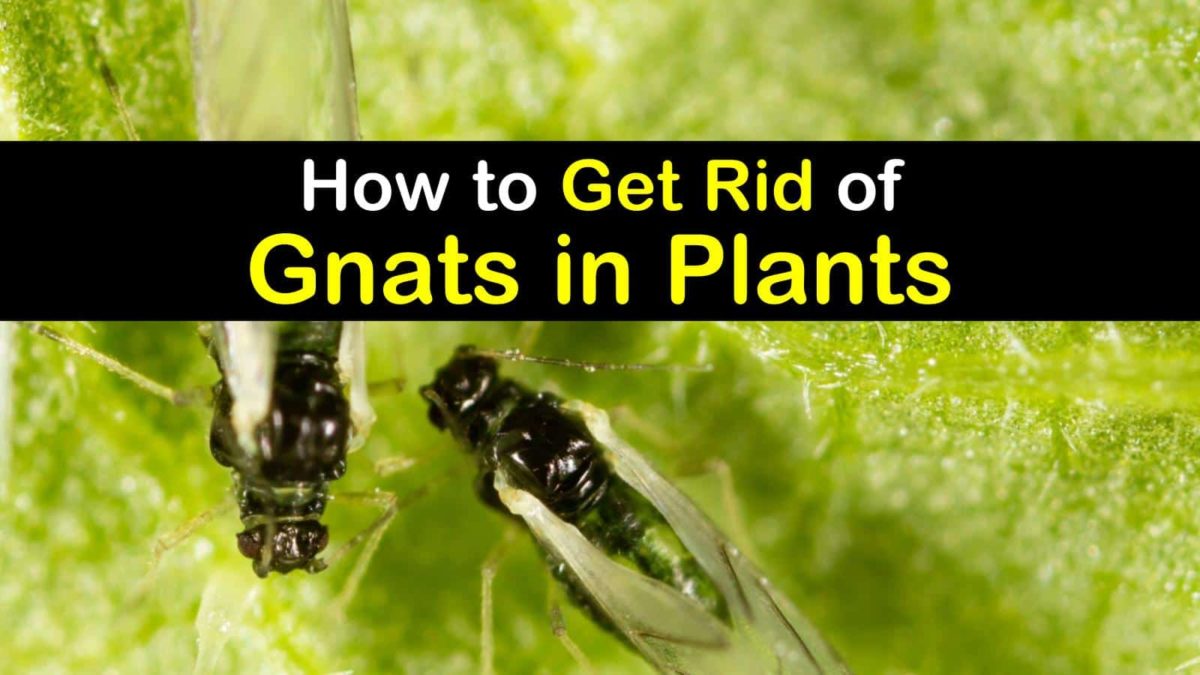As a proud gardener who loves growing vibrant African daisies, nothing deflates my spirit faster than walking outside and seeing those annoying little gnats buzzing around my flowers. While these small flying insects are mostly just a nuisance and don’t cause serious plant damage, they can spread fungal diseases and quickly multiply to infestation levels if left unchecked.
If you’ve noticed pesky gnats flitting around the soil and leaves of your gorgeous African daisies, don’t worry – I’ve battled these pests myself and want to share the tactics that finally eliminated them for good. In this comprehensive guide, we’ll cover how to identify gnats, remove breeding conditions they need to thrive, apply organic pest control solutions, and prevent future infestations in your daisies.
How to Identify Gnat Infestations
The first step is learning how to spot the signs of a gnat problem early. Here’s what to look for
- Small dark insects flying erratically near soil surface
- Larvae crawling through soil and on leaves
- Adults congregating on leaves and stems
- Distorted or stunted daisy growth
If you disturb the soil and see tiny larvae squirming around, or spot adult gnats escaping when watering, it’s definitely time to take action against these bothersome bugs. Act quickly before they multiply!
Eliminate Breeding Conditions Gnats Need
Gnats need moist, organic-rich soil to breed. Here are some tips to create less hospitable living conditions:
- Allow soil to dry out between waterings
- Remove dead leaves and decaying plant matter
- Repot plants in fresh, sterile potting mix
- Improve drainage and aerate soil
Making your daisies’ environment less damp and eliminating food sources like decaying matter will discourage gnats from laying eggs.
Apply Organic Pest Control Solutions
If cultural controls aren’t enough, try these organic pesticide options safe for your flowers:
- Insecticidal soap sprays – Breaks down gnat exoskeletons
- Neem oil – Disrupts reproduction and feeding
- Beneficial nematodes – Consume gnat larvae living in soil
- Diatomaceous earth – Slices up gnats’ bodies and dries out larvae
Make sure to thoroughly coat soil, leaves, and stems when spraying treatments. Repeat applications are likely needed to fully disrupt the gnat life cycle.
Take Preventative Measures Against Future Infestations
An ounce of prevention is worth a pound of cure when it comes to gardening pests. Here are some tips to avoid problems down the road:
- Quarantine new plants before introducing to your garden
- Routinely inspect for signs of bugs
- Remove and dispose of heavily infested plants
- Rotate daisies to different beds each season
- Clean up fallen leaves/debris promptly
- Avoid overwatering and over-fertilizing
Keeping your plants healthy and creating an environment unfavorable to gnats is key for preventing new infestations. Be vigilant and take action at the first signs of bugs.
Be Patient and Persistent
Battling any established pest problem takes time and dedication. It often requires multiple control methods and repeating treatments. But don’t give up! With a systematic, proactive approach, you can eliminate gnats and restore the full beauty of your African daisies.
I hope these tips empower you to take a stand against annoying gnats in your flowers. Don’t let them ruin your gorgeous daisy display! Implement cultural controls, use organic pesticides selectively, focus on prevention, and keep persisting until those bothersome bugs are gone for good.

k
How to Keep Gnats Away from Plants | creative explained
FAQ
How do you get rid of fungus gnats on African Violets?
How do you get rid of flower gnats?
Why are my flowers attracting gnats?
How to get rid of bugs on African Violets?
How do you get rid of gnats on plants?
Here’s how to use it: Step 1: Dilute the hydrogen peroxide with water at a ratio of 3 teaspoons of hydrogen peroxide to 1 cup of water. Step 2: Add the mixture to a spray bottle. Step 3: Spray your plant with the mixture twice a week until the gnat infestation clears up.
How to get rid of fungus gnats in houseplant soil?
Here is a list of helpful natural ways to get rid of fungus gnats and kill these bugs in houseplant soil: Hydrogen peroxide to kill off fungus gnat larvae —Make a soil drench with hydrogen peroxide 3% to flush the soil and kill these bugs in the plant soil. This remedy helps kill off gnat larvae in the soil to break their lifecycle.
Does neem oil kill gnats?
To make a homemade gnat spray with neem oil, this is what you should do: Put one tablespoon neem oil and one teaspoon of liquid dish soap in one-quart (1-liter) spray bottle. Fill with water and shake well. Spray your plant leaves and stems once a week and leave to dry. The residual effect of neem oil should eventually kill flying gnats.
Are fungus gnats harmful to plants?
While adult fungus gnats are more of a nuisance than a danger to plants, their larvae can stunt plant growth and damage plant roots. Larvae, which are early-stage gnats in maggot form, feed on organic matter and chew on plant roots. These larvae often flourish in the soil of potted plants.
